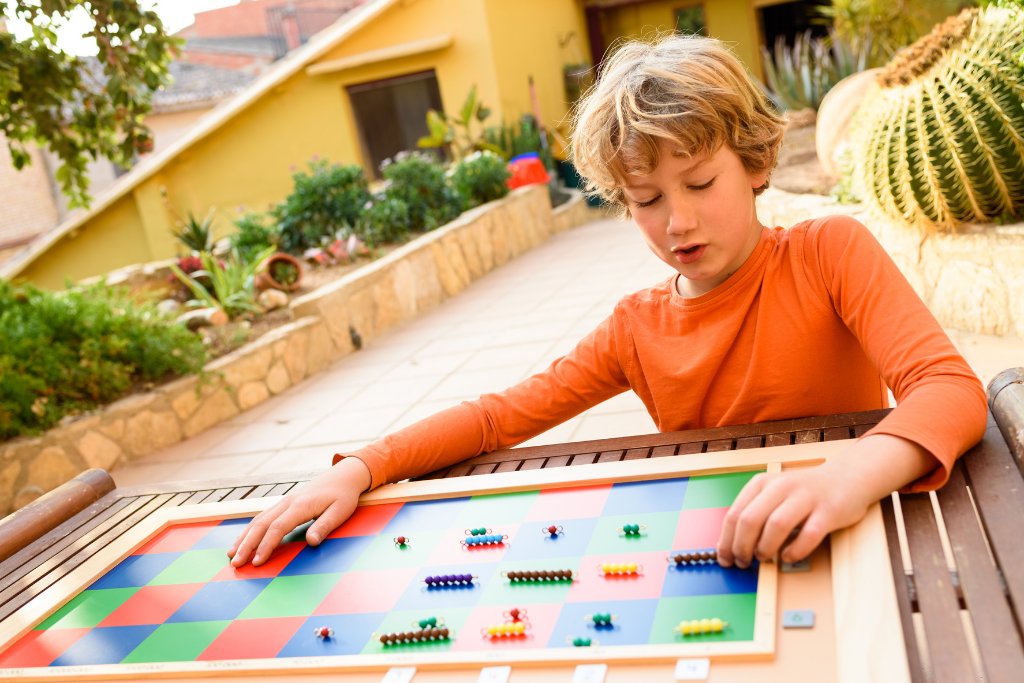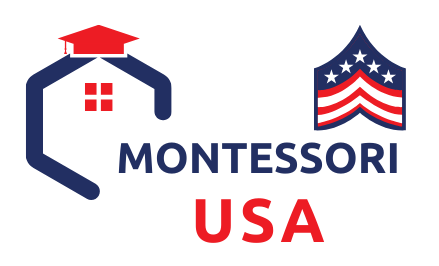🧩 Deciphering the education maze is a challenge for any parent. Caught in the crossroads of Montessori and Traditional schools? Well, you’re not alone. Let’s take an insightful journey to examine the key contrasts and advantages of each. This blog aims to answer the question of What is the Difference Between a Montessori School and a Regular School?.
Montessori vs. Regular Schools
The learning environment in a Montessori school can be drastically different from that of a conventional one. To start, Montessori classrooms for elementary-aged and older are often organized by subject area. They are usually multi-age, which allows students to mentor each other, leveraging an inherent system of peer teaching and learning. In this environment, students are encouraged to move around, explore, and work with materials that are strategically placed throughout the Montessori classroom. This is in stark contrast to regular schools where students are typically confined to desks, with a structured timetable and limited movement for the major part of the day.
🌱 The Unique Role of Materials in Montessori Classrooms
The Montessori educational approach places a significant emphasis on the materials used in the classroom. Unlike traditional schools, where textbooks and worksheets are the primary instructional tools, Montessori classrooms feature meticulously designed materials that cater to children’s innate curiosity. These materials are hands-on, encouraging children to explore and learn at their own pace.
🎨 Montessori Materials vs. Traditional Classroom Resources🌐 Further Reading: Montessori Materials: What Makes Them Unique?
Montessori vs. Traditional Schools: What Sets Them Apart?
Montessori: The Free-Spirited Classroom
- Multi-Age Learning Environment: Imagine a first-grader working peacefully alongside a third-grader. That’s a Montessori classroom for you!
- Student-Driven Curriculum: Here, the sky’s the limit. If your kid is fascinated by butterflies, they can dive deep into it.
- The Mentor Approach: Teachers serve as facilitators, nudging children toward self-discovery.
- Freedom and Autonomy: From choosing their activities to freely moving around, children have agency.
Traditional Schools: The Structured Setup
- One-Size-Fits-All: Set curriculum, set pace. Everyone learns the same thing at the same time.
- Teacher-Centric: The teacher is the authority figure, directing the learning process.
- Rule-Bound: Strict schedules and regulations define the learning environment.
- Standardized Focus: Predetermined milestones dictate educational development.
🎓 Your Takeaway: Montessori cultivates self-directed learning, whereas traditional schools prioritize structured, teacher-led learning.
Watch Video: Montessori Vs. Conventional School
Is Montessori Really Better?
“Better” is subjective. It depends on what you’re looking for. If independence and personalized learning are your priorities, Montessori could be the golden ticket. But if you value a standardized curriculum and regimented social interactions, traditional schooling may suit your family better.

Pros and Cons: Make An Informed Decision
Upsides of Montessori
- Fosters Love for Learning: Research suggests that Montessori education cultivates curiosity and enthusiasm1.
- Promotes Problem-Solving: Students are trained to think, not just learn by rote2.
- Diverse and Inclusive: Montessori accommodates different backgrounds and learning styles3.
Downsides of Montessori
- Limited Availability: Not everyone has access to a Montessori school nearby.
- Cost Factor: These schools can be pricier than public ones.
- Might Lack Structure: Some children thrive in a more structured environment.
📌 Your Takeaway: Each system has its merits and drawbacks. Choose what aligns with your child’s needs and your educational philosophy.
The Final Verdict: What Fits Your Family?
Ultimately, the choice boils down to what resonates with your family values and your child’s individual needs. Whether it’s Montessori or traditional, educating yourself is the first step in your child’s successful educational journey.
📚 To Dig Deeper: Montessori is increasingly being incorporated into public education through charter schools, adding another layer to consider4.
Sources:
📝 Author’s Note: The journey through educational philosophies can be arduous, but remember that the best education is one that fits your child like a glove. Be it Montessori or traditional, the goal is a happy, well-educated child.

